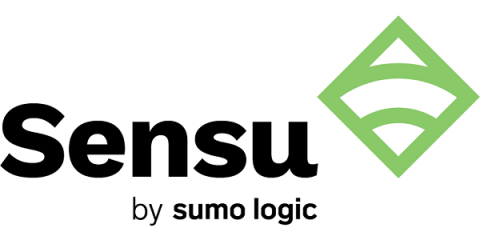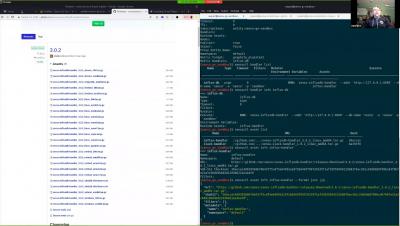Monitoring Kubernetes + Docker, part 2: Prometheus
In part 1 of this series, I discussed the rise of microservice architecture and the reliance on Kubernetes and Docker for container orchestration and management. I also shared some of the challenges these new technologies present and what sources of data we need in order to effectively monitor our Kubernetes environments.






